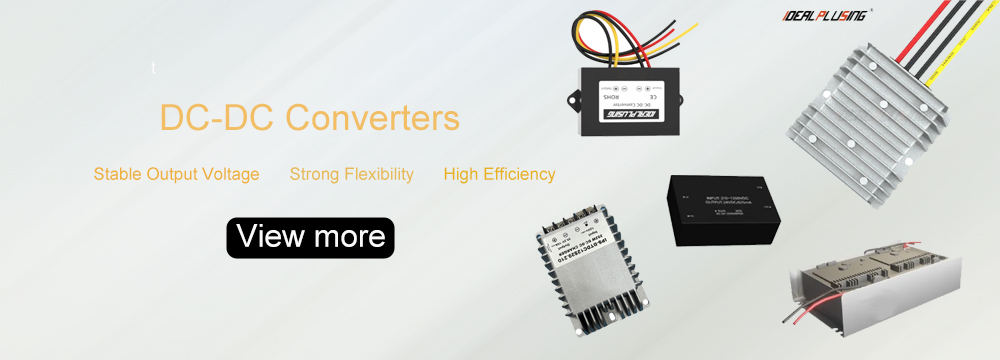In today's era of rapid digital and electrification development, DC-DC converters, as core components in the field of power electronics, are widely used in numerous industries, ranging from consumer electronics to industrial equipment, from automotive systems to aerospace, and from renewable energy applications.
You may not have noticed, but in the fast chargers for your mobile phones, the power systems of electric vehicles, and even the power supply equipment of satellites, DC-DC converters are quietly playing a crucial role. Behind their reliable operation, the potting process plays an indispensable part. So, why exactly do DC-DC converters need potting? Let's explore this together.
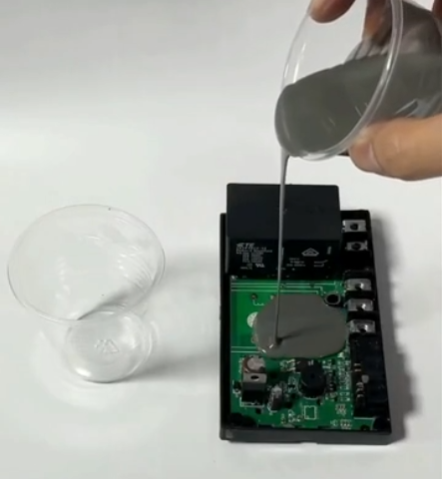
Potting, simply put, is the process of filling the housing or specific spaces of a DC-DC converter with a liquid compound, which then cures to form a solid protective barrier. This protective barrier is like a sturdy "armor" for the converter, enabling it to operate stably in various complex environments. The commonly used potting materials mainly include epoxy resin, silicone rubber, and polyurethane, each with its own characteristics and suitable for different application scenarios.
Epoxy resin stands out for its high strength, excellent adhesion, and superior electrical insulation properties. In industrial-grade DC-DC converters, where strict requirements are placed on mechanical strength and insulation, epoxy resin potting adhesives can effectively resist external stress and chemical erosion, ensuring the long-term stable operation of the converter in harsh industrial environments. For example, in the equipment of industries such as metallurgy and chemical engineering, DC-DC converters face the challenges of high temperature, high humidity, and strongly corrosive gases, and epoxy resin potting adhesives can provide reliable protection.
Silicone rubber is highly flexible, heat-resistant, and weather-resistant, making it shine in automotive electronics, outdoor new energy equipment, and other fields. During the driving process of a vehicle, the DC-DC converter will encounter severe temperature fluctuations, with the temperature range varying by dozens of degrees Celsius from cold winters to hot summers. Even under such extreme temperature fluctuations, silicone rubber potting adhesives can maintain good elasticity, providing reliable protection for the DC-DC converter in the automotive electronic system and ensuring the normal operation of the vehicle. In the inverters of solar power stations, the DC-DC converters are exposed to the outdoors for a long time, enduring wind, sun, and rain. The weather resistance of silicone rubber potting adhesives enables it to effectively resist the erosion of ultraviolet rays, ozone, etc., extending the service life of the converter.
Polyurethane has a relatively low cost and good water resistance and cushioning properties, and is widely used in the production of cost-sensitive consumer DC-DC converters. Products such as mobile phone chargers and tablet power adapters use polyurethane potting adhesives to provide necessary protection while effectively controlling costs to meet the needs of large-scale production.
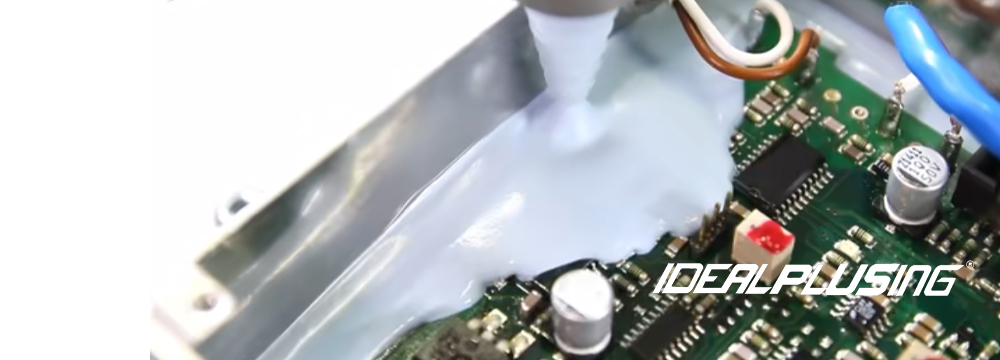
Potting processes are generally divided into manual potting and automated potting. Manual potting offers high flexibility and is suitable for small-batch, customized products. For some DC-DC converters with special purposes and low production volumes, manual potting can be precisely operated according to the product characteristics to ensure the potting quality. Automated potting, with the help of precision equipment, can achieve large-scale and high-precision potting, ensuring product consistency. In large-scale production fields such as consumer electronics and automotive electronics, automated potting can significantly improve production efficiency, reduce production costs, and meet the market's demand for product quantity.
Water is often a "fatal killer" for electronic devices. The interior of a DC-DC converter is filled with delicate electronic components and complex circuits. Once moisture invades, problems such as short circuits and corrosion may follow, leading to equipment malfunctions or even damage. Potting plays a crucial role in waterproofing and moisture-proofing.
Potting can completely seal the electronic components inside the power supply, forming an impregnable waterproof barrier. Take the DC-DC converter in outdoor lighting equipment as an example. On a stormy night, they need to operate continuously and stably. After potting, moisture cannot enter the power supply interior, avoiding short circuits caused by humidity and ensuring the stable operation of the outdoor lighting system, illuminating the roads for pedestrians and vehicles.
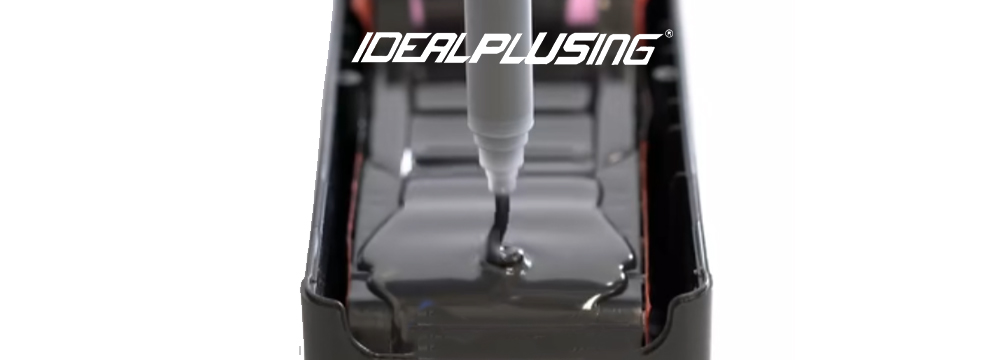
In some special environments, such as basements, mines, and other humid places, or coastal areas with salt spray erosion, DC-DC converters face more severe challenges. Potting treatment enables them to better adapt to these harsh working conditions. In mines, DC-DC converters are used to power various underground equipment. The humid air and accumulated water constantly threaten their normal operation. The potted converter can effectively resist the erosion of moisture and accumulated water, extend the service life of the equipment, reduce production interruptions caused by equipment failures, and ensure the safety and efficiency of mine operations.
Good insulation performance is the foundation for the safe and stable operation of DC-DC converters. After potting, the conductive parts inside the power supply are tightly wrapped by the insulating material, greatly improving the insulation performance of the power supply.
This not only effectively prevents safety accidents such as electric leakage and electric shock, ensuring the personal safety of users, but also improves the voltage withstand capacity of the power supply. In some high-voltage application scenarios, such as the high-voltage charging systems of electric vehicles, DC-DC converters need to convert high voltages into low voltages suitable for on-board equipment. At this time, the insulation performance of the potting adhesive is crucial. It can withstand the impact of high voltages, prevent current leakage, ensure the safe operation of the charging system, and avoid vehicle safety hazards caused by electrical failures.
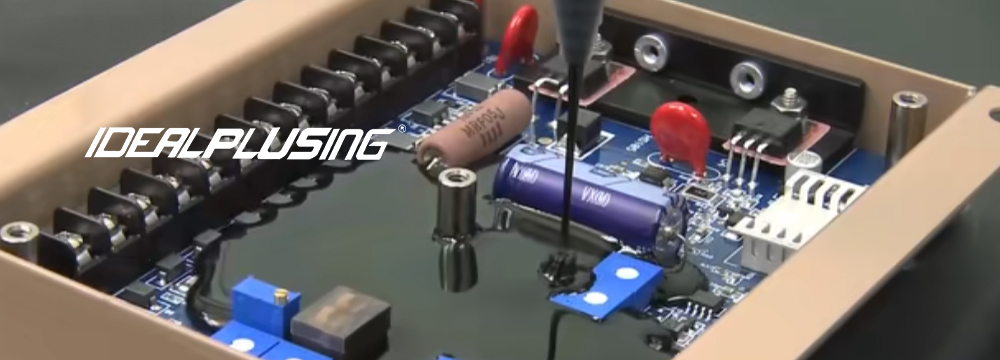
In high-altitude areas, the air is thin, and the insulation performance of the air decreases, increasing the risk of arc discharge. Potting can avoid arc discharge caused by insufficient air insulation. For example, in communication base stations in mountainous areas, DC-DC converters power communication equipment. The potted converters can operate stably in an environment with low air pressure and poor air insulation performance, ensuring the unimpeded communication signal and meeting the communication needs of remote areas.
During actual use, DC-DC converters may be subjected to various mechanical stresses, such as vibration and impact. Potting materials have a certain degree of elasticity and can play an excellent buffering role when the power supply is affected by external vibrations or impacts.
Take a car as an example. During driving, the vehicle will experience bumps and vibrations, and the DC-DC converter installed in the car will be affected by the vibrations from the road surface. The potting material can absorb these vibration energies, protect the internal electronic components and circuits from damage, and improve the vibration resistance and stability of the power supply. This not only helps to extend the service life of the DC-DC converter but also ensures the normal operation of the automotive electronic system and guarantees driving safety.
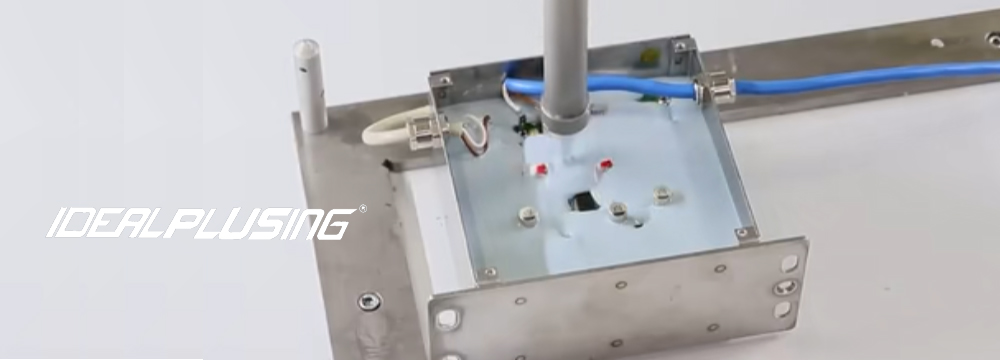
Potting can also provide physical support for the internal components of the power supply, making them more stable during installation and use. In industrial automation equipment, robotic arms generate significant impact forces during rapid movement, and the DC-DC converters installed in them need to withstand these impact forces. After potting, the internal components are firmly supported, reducing problems such as poor contact caused by component loosening, ensuring the reliable operation of industrial automation equipment, and improving production efficiency.
DC-DC converters generate heat during operation. If the heat cannot be dissipated in a timely and effective manner, the internal temperature will be too high, which will affect its performance and lifespan. Potting plays an important role in thermal management.
Some potting materials have good thermal conductivity and can quickly conduct the heat generated inside the power supply to the housing, and then dissipate it into the surrounding environment through the housing. For example, in the power system of a server, DC-DC converters need to work under high load for a long time, generating a large amount of heat. The thermally conductive potting adhesive can quickly conduct the heat out, reduce the internal temperature of the power supply, improve the efficiency and reliability of the power supply, ensure the stable operation of the server, and avoid data loss and system failures caused by overheating.
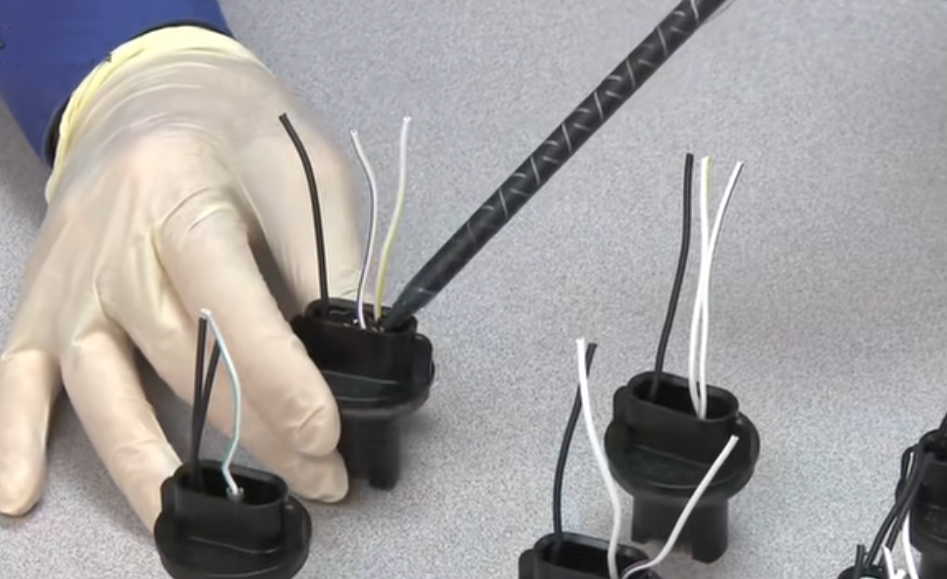
Potting can also make the heat distribution inside the power supply more uniform and reduce the temperature difference between different components. In a multi-chip module DC-DC converter, different chips have different heating conditions. The potting adhesive can evenly distribute the heat, avoiding component damage or performance degradation caused by local overheating. This helps to improve the performance stability of the entire converter and extend its service life.
In the current environment with a high density of modern electronic devices, the problem of electromagnetic interference (EMI) is becoming increasingly prominent. As an important component in electronic devices, the electromagnetic interference generated by DC-DC converters during operation may affect the normal operation of other surrounding devices and may also be affected by external electromagnetic interference. Potting plays an important role in electromagnetic interference suppression.
Potting can shield and isolate the electromagnetic field inside the power supply to a certain extent, reducing the interference of the power supply on the external electromagnetic environment. In medical equipment, DC-DC converters power various precision medical instruments. If the electromagnetic interference it generates is too large, it may affect the detection accuracy and treatment effects of other medical equipment. The potted DC-DC converter can effectively reduce electromagnetic interference, create a pure electromagnetic environment for medical equipment, and ensure the accuracy and safety of medical diagnosis and treatment.
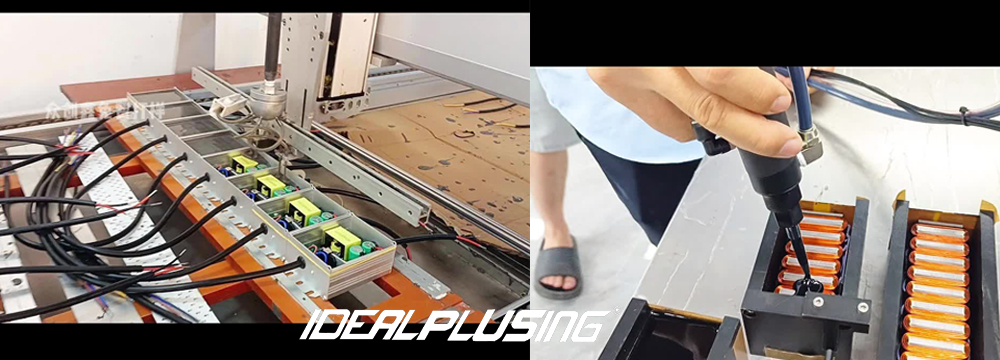
Potting can also prevent external electromagnetic interference from affecting the normal operation of the power supply and improve the electromagnetic compatibility of the power supply. In the aerospace field, there are numerous electronic devices inside aircraft, and the electromagnetic environment is complex. After potting treatment, DC-DC converters can resist the interference of complex external electromagnetic signals, ensure the stable operation of the aircraft's avionics system, and provide a strong guarantee for flight safety.
Through potting, the electronic components inside the DC-DC converter are isolated from the outside air, moisture, etc., avoiding aging problems caused by factors such as oxidation and corrosion, thus significantly extending the service life of the components. In electronic devices, some key components such as capacitors and resistors are prone to oxidation when exposed to the air for a long time, resulting in performance degradation. After potting, these components are effectively protected, and the aging speed is slowed down, enabling the DC-DC converter to operate stably for a long time.
The potted power supply can maintain the stable performance of the internal components during long-term storage and is not easily affected by environmental factors, reducing the risk of failure during storage. For some backup power supplies or electronic devices with a long storage cycle, potting can ensure that the DC-DC converter can operate normally when needed, avoid equipment failures caused by storage problems, and improve the availability and reliability of the equipment.
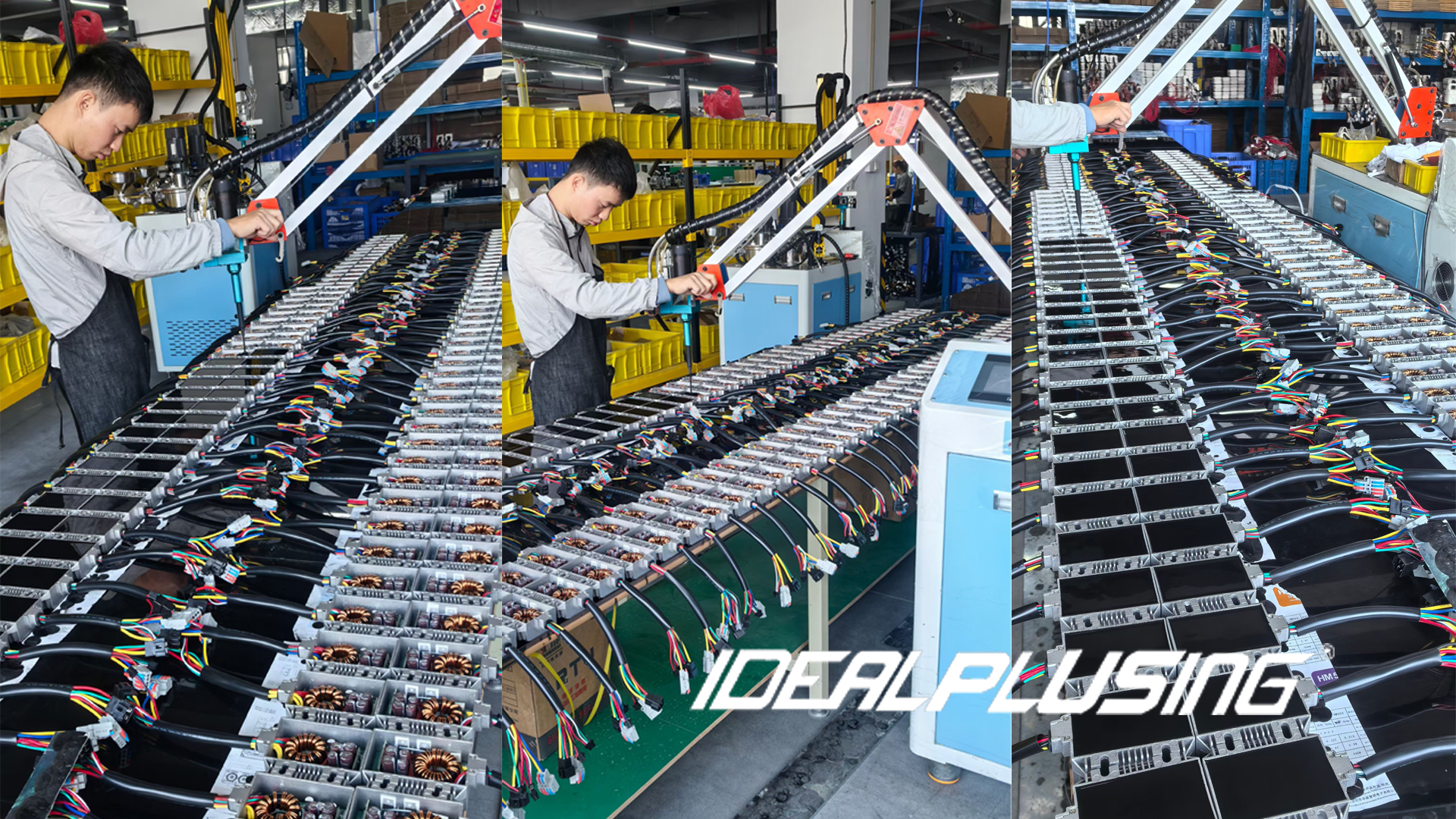
The potting process for DC-DC converters is like injecting powerful "protective genes" into them. From waterproofing and moisture-proofing, insulation performance enhancement, to mechanical protection, thermal management, electromagnetic interference suppression, and product lifespan extension, potting plays an irreplaceable role in all aspects. In today's world of rapid global technological development and increasing requirements for the performance and reliability of electronic devices, the potting process will continuously assist DC-DC converters in operating stably in various complex environments and promote the innovation and development of various industries. Whether it is in the smart devices in your hands, the electric vehicles running on the roads, or the aircraft soaring in the sky, the potting process of DC-DC converters is silently guarding the stable operation of the equipment, providing a solid guarantee for the convenience and efficiency of modern technological life.
Conclusion
Potting of DC-DC converters is an important process to improve their performance and reliability. Potting can provide good electrical insulation, thermal management, mechanical protection, and anti-interference capabilities, thereby extending the service life of the equipment and improving its stability in various environments. In practical applications, it is necessary to select appropriate potting materials and processes according to the specific needs of the converter to achieve the best performance and reliability.


